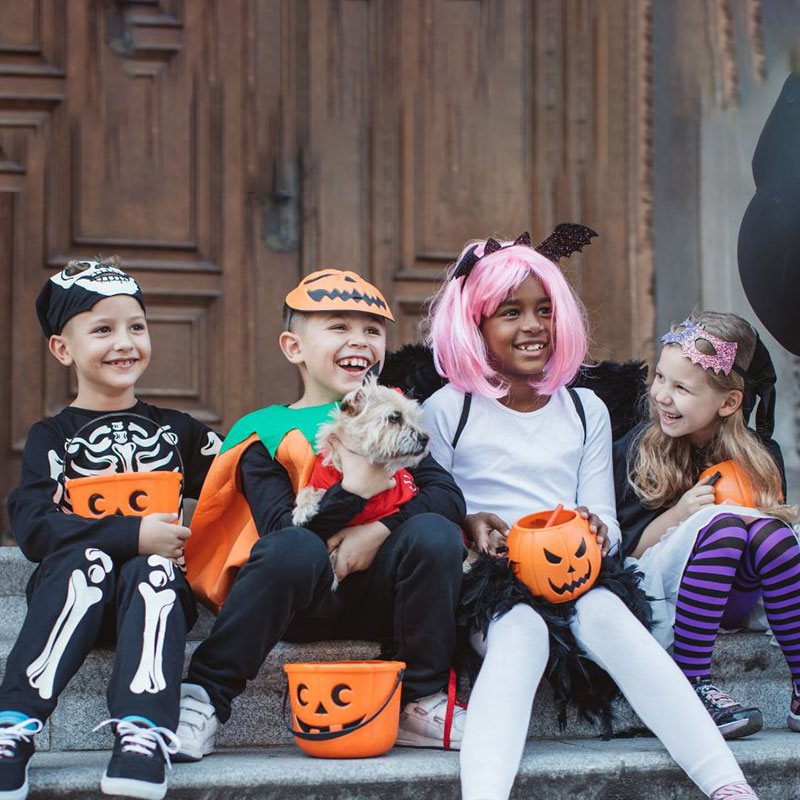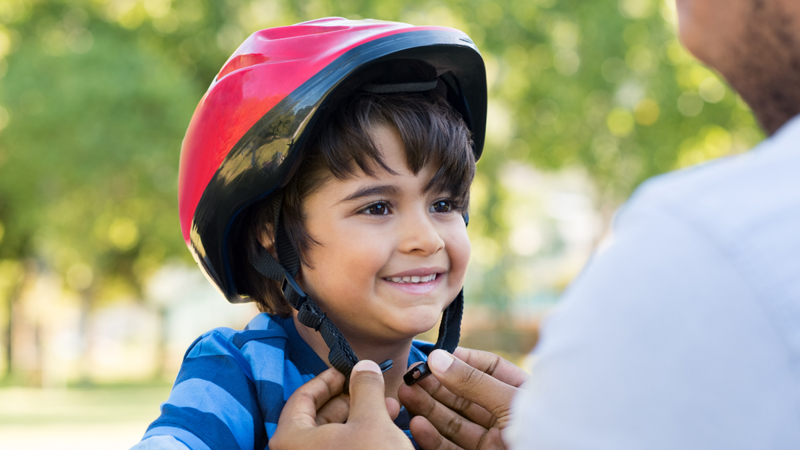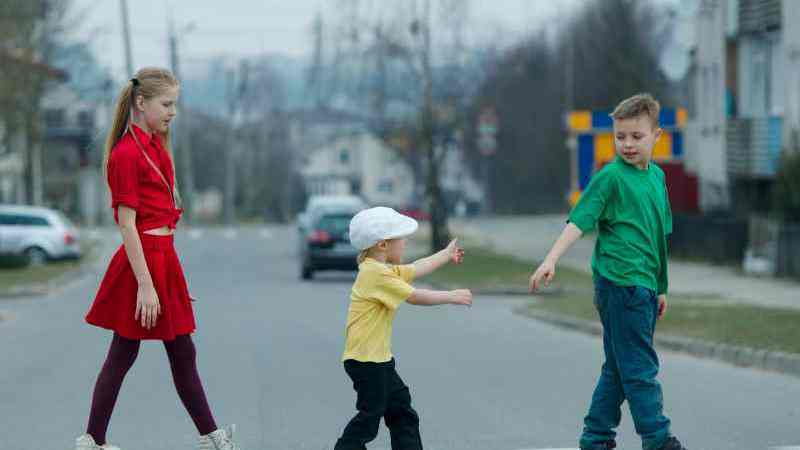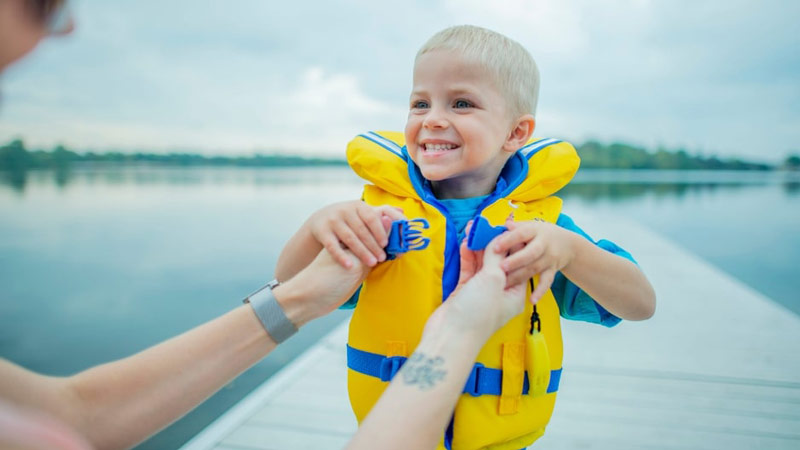The chance to dress up in costume, run around the neighborhood after dark and stock up on sweets makes Halloween the highlight of the year for many kids. However, roughly four times as many children aged 5-14 are killed while walking on Halloween compared to the rest of the year, and falls are a leading cause of injuries among children on Halloween.
Make this year’s Halloween safe for your entire family with our trick-or-treating tips:
- Accompany young children (under age 12) while trick-or-treating.
- Ensure that your child knows the cell phone numbers of parents and any other trusted adult who's supervising and how to call 911 in case they get separated from the group.
- Give your kids flashlights with new batteries to help them see where they are going to prevent falls and help them be seen by vehicles.
- Limit trick-or-treating to your neighborhood and the homes of people you and your children know.
- Trick or treat on well-lit streets.
- When your kids get home, check all treats to make sure they're safely sealed and there are no signs of tampering, such as small pinholes, loose or torn packages, and packages that appear to have been taped or glued back together. Throw out loose candy, spoiled items and any homemade treats that haven't been made by someone you know.
- Don't allow young children to trick or treat while eating hard candy or gum, it could cause choking.
For older kids who are trick-or-treating on their own, make sure you approve of the route they'll be taking and know when they'll be coming home. Also be sure that they follow the same Halloween safety tips you taught them when they were younger:
- Go in a group and stay together
- Only go to houses with porch lights on and walk on sidewalks on lit streets (never walk through alleys or across lawns)
- Know to never go into strangers' homes or cars
- Cross the street at crosswalks and never assume that vehicles will stop. Always make eye contact with drivers before crossing the crosswalk.
- Carry a cell phone, if possible
Make sure trick-or-treaters will be safe when visiting your home too. Remove lawn decorations, sprinklers, toys, bicycles, wet leaves, or anything that might obstruct their walkway. Provide a well-lit outside entrance to your home. Keep family pets away from trick-or-treaters, even if they seem harmless to you.
Preventing Halloween Treat Overload
- Give your child a filling meal before they head out to trick-or-treat, so they won't be tempted to overeat candy while out.
- Know how much candy your kids have collected and store it somewhere other than their bedrooms. Having it so handy can be an irresistible temptation for many kids.
- Consider being somewhat lenient about candy eating on Halloween, within reason, and talk about how the rest of the candy will be handled moving forward so you set clear boundaries for your child.
- Consider purchasing Halloween treats other than candy. Stickers, erasers, crayons, pencils, coloring books, and sealed packages of raisins, pretzels, and dried fruits are good choices.
Costume Safety
- If your child is wearing dark colors, add glow-in-the-dark or reflective tape to the front and back of the costume so your kids can be easily seen.
- Make sure wigs and beards don't cover your kids' eyes, noses, or mouths.
- Don't let young children wear masks — they can make it difficult for kids to see and breathe. An alternative is nontoxic face paint or makeup. If older kids are set on wearing a mask, make sure there is room for them to breathe and visibility is good.
- Put a name tag — with your phone number — on the inside of your child's costumes.
- Avoid oversized and high-heeled shoes that could cause kids to trip.
- Avoid long or baggy skirts, pants or shirtsleeves that could catch on something and cause falls.
- Make sure that any props your kids carry, such as wands or swords, are flexible and don’t have sharp edges that could hurt someone.
Read more safety tips from our Injury Prevention Program.




